Indonesia, an archipelago stretching across the equator, is home to an impressive cultural diversity. Each island, each region, each village boasts its unique traditions, and this diversity is mirrored in the country's wide array of traditional crafts. Known for their beauty and artistry, Indonesian crafts have garnered attention and appreciation on the global stage, inviting both connoisseurs and curious observers to delve into their intricate world.
The Allure of Batik

Perhaps the most renowned of Indonesian crafts is Batik, a textile art celebrated for its complex dying process that involves applying wax to the fabric in intricate patterns before dyeing. The resultant motifs are often symbolic, rich in cultural significance, and incredibly diverse, varying from region to region. The city of Yogyakarta is known for its traditional patterns, while Pekalongan boasts a more vibrant, influenced style due to historical trade links.
In 2009, UNESCO recognised Batik as a Masterpiece of Oral and Intangible Heritage of Humanity, bringing it to the international limelight. To this day, the craft remains a staple of Indonesian culture, worn proudly during significant events and daily by many Indonesians.
Mastering the Art of Wayang Kulit
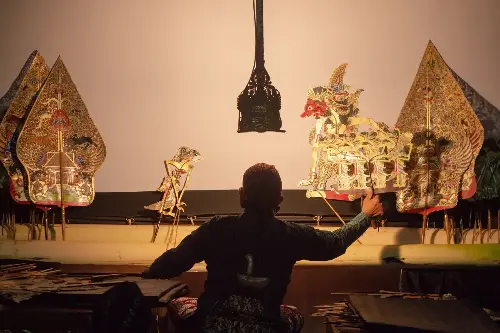
Shadow play or Wayang Kulit is another traditional art form revered in Indonesia, primarily on the island of Java. The puppets used for these performances are not merely playthings, but works of art crafted from buffalo hide and carefully mounted on bamboo sticks. The crafting process is meticulous, involving hand carving intricate designs and painting scenes from mythological tales, such as the Ramayana or Mahabharata.
These shadow puppets are not just for show; they're central to all-night performances that blend storytelling with social and spiritual lessons, accompanied by a gamelan orchestra. The skill of the puppet master determines the depth of the narrative, making this craft a captivating intersection of visual art, music, and theatre.
Weaving Stories with Tenun Ikat
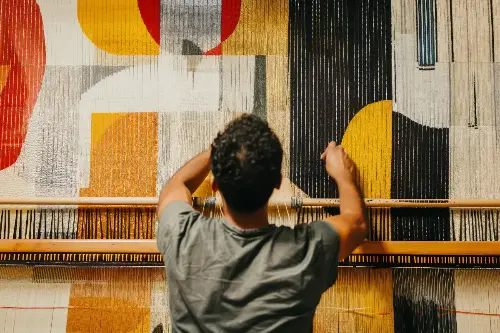
In Indonesian society, the age-old tradition of weaving cloth, known as Tenun Ikat, holds significant cultural weight. Weavers from islands such as Sumba, Flores, and Timor create fabrics with rich patterns and vibrant colours. These textiles are more than just materials for clothing; they serve as symbols of social status, cultural identity, and are often used in important rites and rituals.
The meticulous process of creating Ikat involves tying and dyeing the threads before they are woven, a method that ensures the pattern emerges on the loom as the fabric is made. The complexity and patience required for this craft cannot be overstated, and it's this dedication to the craft that yields such extraordinary results.
The Mystique of Kris
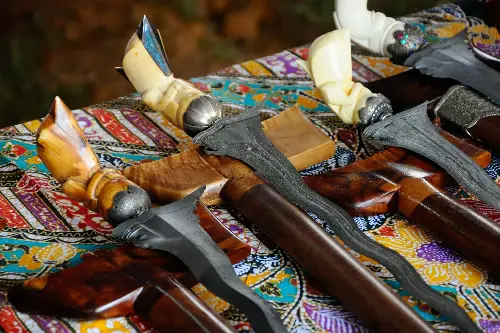
Another craft with deep cultural roots in Indonesia is the making of the Kris, a distinctive, asymmetrical dagger imbued with both spiritual and social importance. The crafting of a Kris is more than a demonstration of metalworking prowess; it is a deeply spiritual practice, with the Kris tout-ed as a talisman and marker of heroic deeds.
Reputed smiths are revered, believed to infuse mystical qualities into the Kris through the incorporation of precious materials and intricate designs. The Kris is so renowned in terms of craftsmanship and cultural impact that it, like Batik, has been recognised by UNESCO as part of the world's Intangible Cultural Heritage.
The Pottery of Lombok

Lombok Island's Sasak people are celebrated for their pottery, which is distinguished by its geometric precision and use of terracotta. Unlike other pottery traditions that rely on a wheel, Sasak pottery is uniquely hand-shaped and fired using traditional methods, giving it a distinct look and feel. The techniques are passed down through generations, preserving the authenticity of the craft.
Each piece of Lombok pottery reflects a harmony between human creativity and nature, as local materials are transformed into utilitarian and decorative items. The Sasak potters, primarily women, have honed their craft to such a degree that their handmade vessels are sought after by collectors and design enthusiasts around the world.
The Cultural Fabric of Indonesia
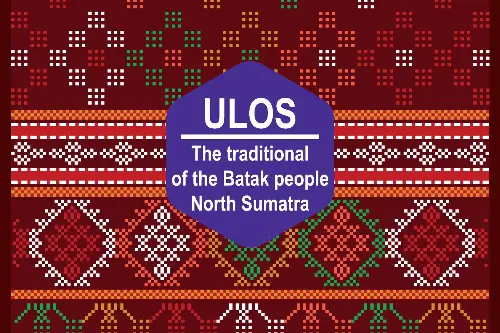
The crafts of Indonesia are as varied and rich as the land itself. Beyond the signature crafts mentioned, numerous other forms— from intricate silverwork and ornate wood carving to the crafting of traditional musical instruments—each tell a story of Indonesia's cultural fabric.
For the Balinese, their wood carvings reflect Hindu religious themes, while in Sumatra, the Batak people’s Ulos cloth weaves together communal ties. In Kalimantan, Dayak carvings narrate tribal epics, and in Sulawesi, the Toraja’s woodwork adorns ancestral homes and burial sites.
The crafts of Indonesia are living traditions, dynamic and adaptive. They are an enduring source of pride for Indonesians and remain a fascinating field of discovery for visitors and craft enthusiasts worldwide.
Fostering Future Generations of Craftsmen
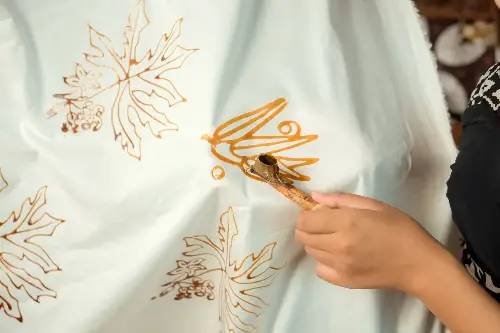
As the global spotlight shines on Indonesian crafts, efforts are increasingly being made to preserve these age-old traditions. Initiatives led by government and non-profit organisations, as well as local communities, aim to sustain the crafts by fostering the next generations of artisans and ensuring that their skills are not forgotten.
Through education, apprenticeship programs, and local and international craft fairs, the legacy of Indonesian craftsmanship is being kept alive. The diligent hands of Indonesian craftsmen and women, along with the respect and patronage of admirers around the world, are driving forces in ensuring that the charm of Indonesian crafts continues to enchant for generations to come.
In the encounter with Indonesian crafts, we are reminded of the profound power of human creativity and the enduring importance of preserving cultural heritage. Whether through wearing a Batik garment, admiring a Wayang performance, or resting one's gaze upon an intricately woven Ikat textile, people everywhere can experience the artistry and cultural richness that these crafts bring to the world.
